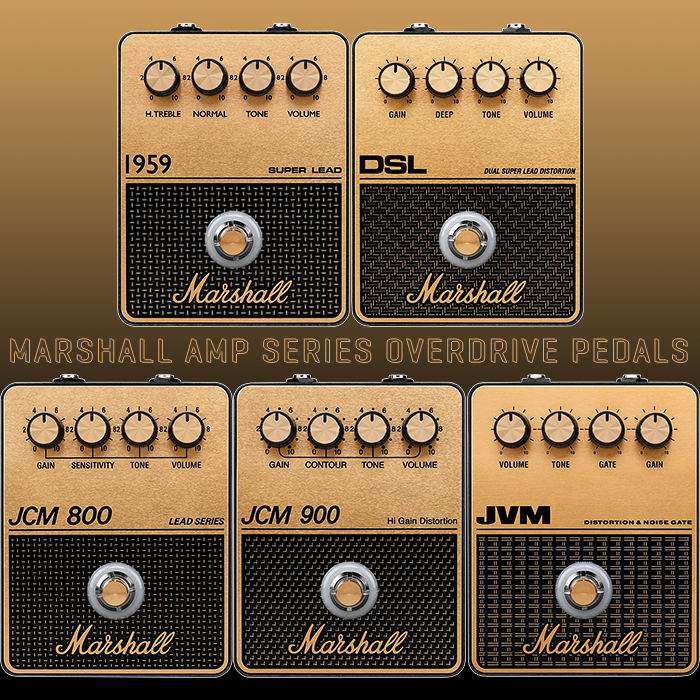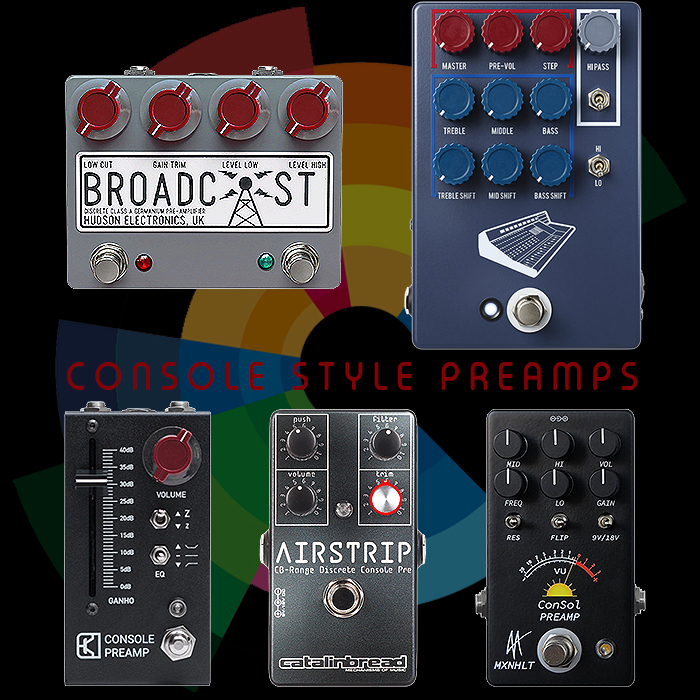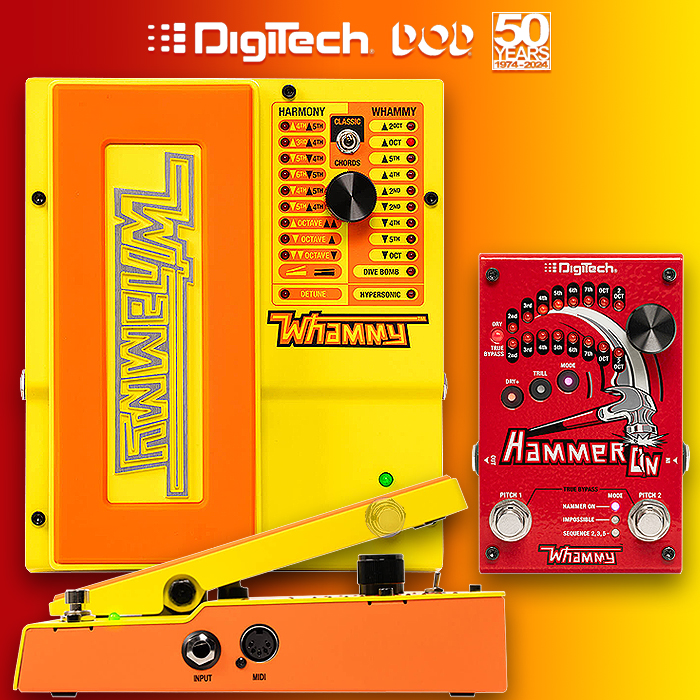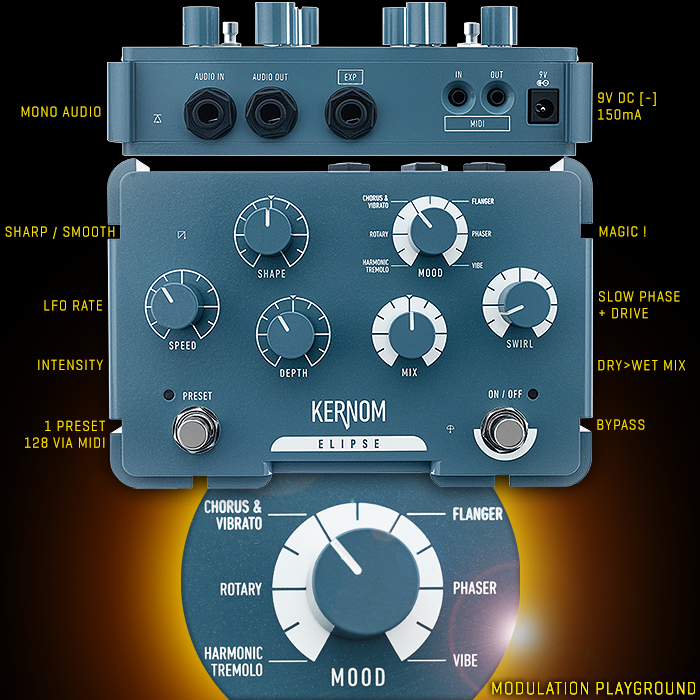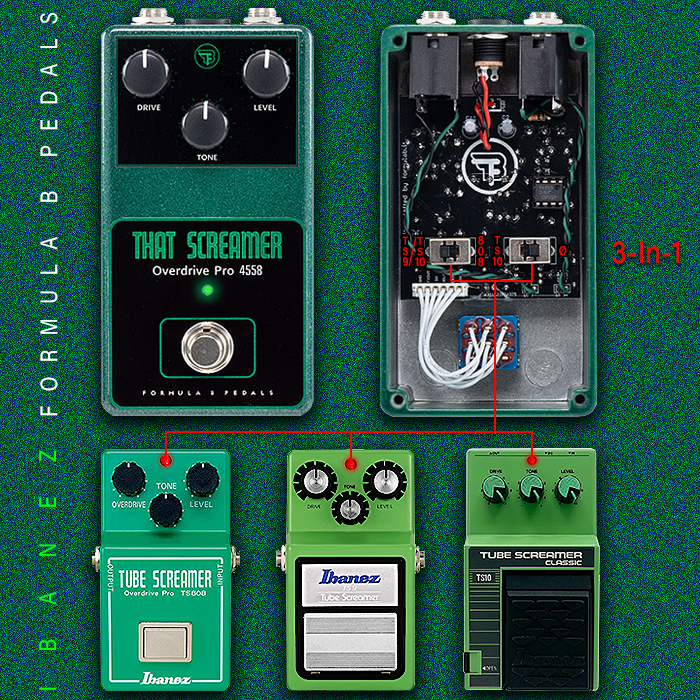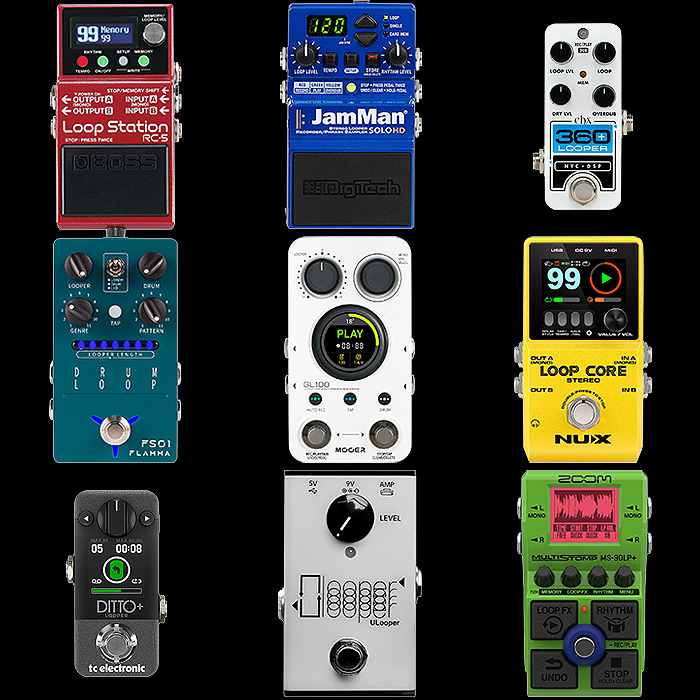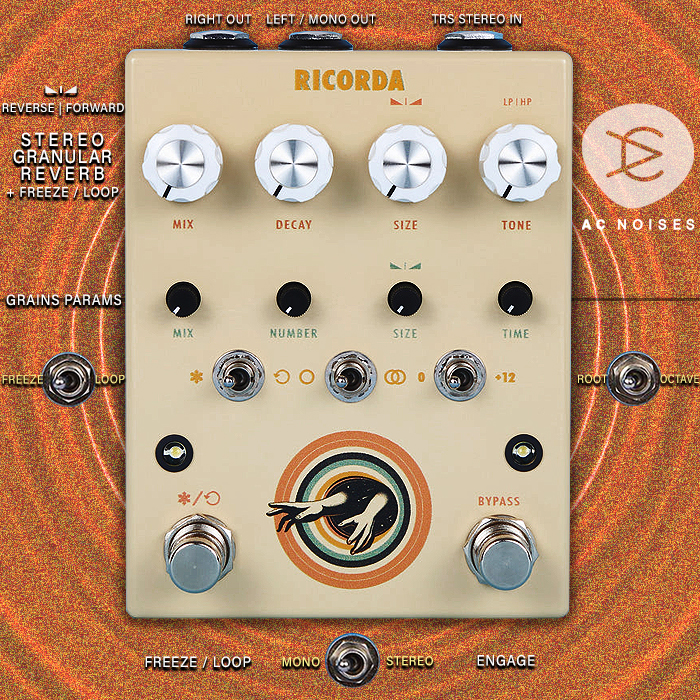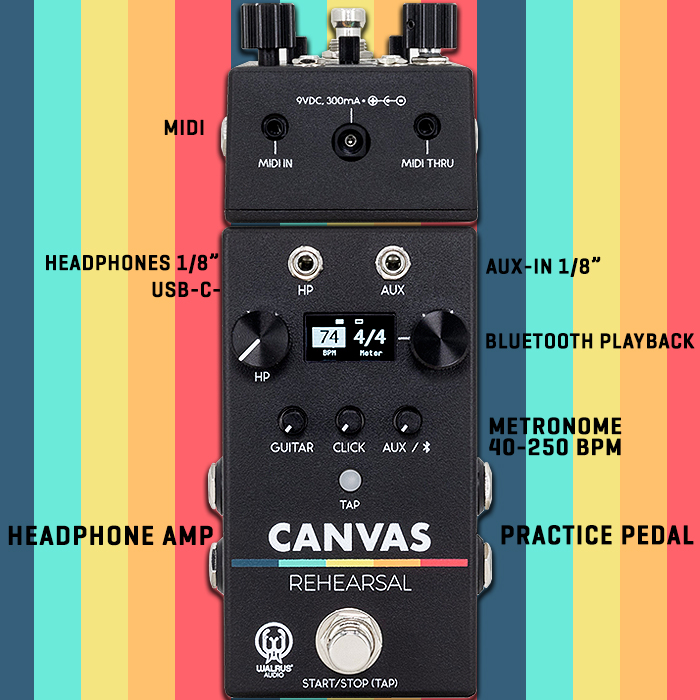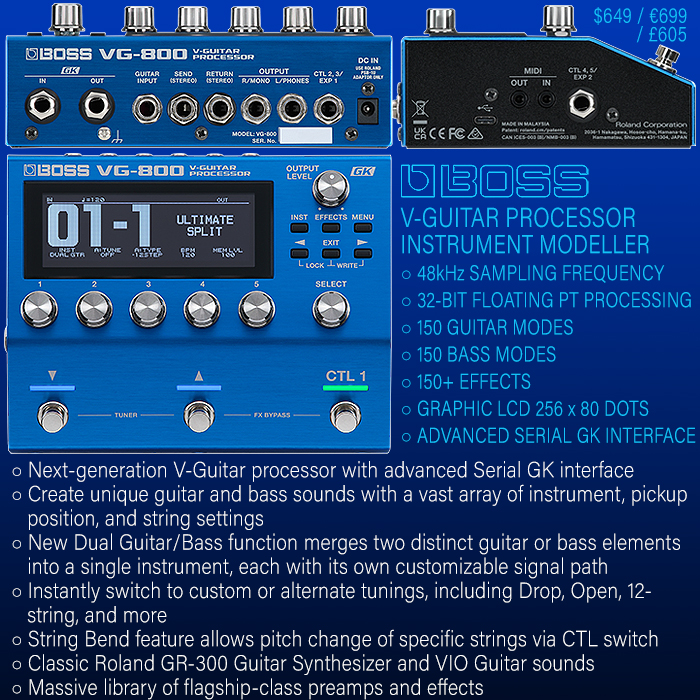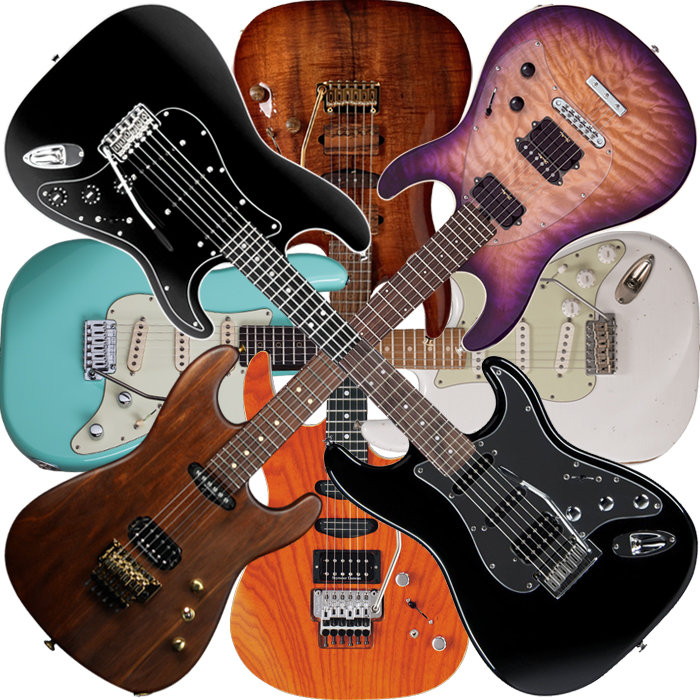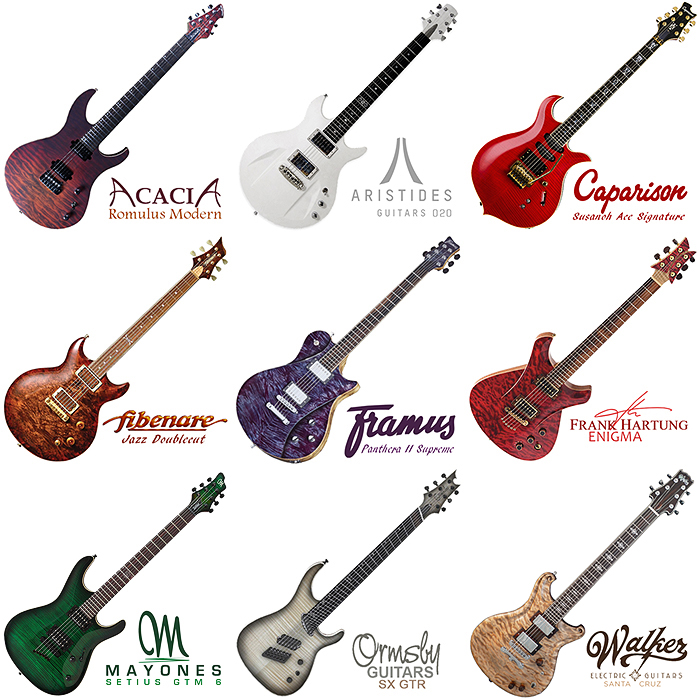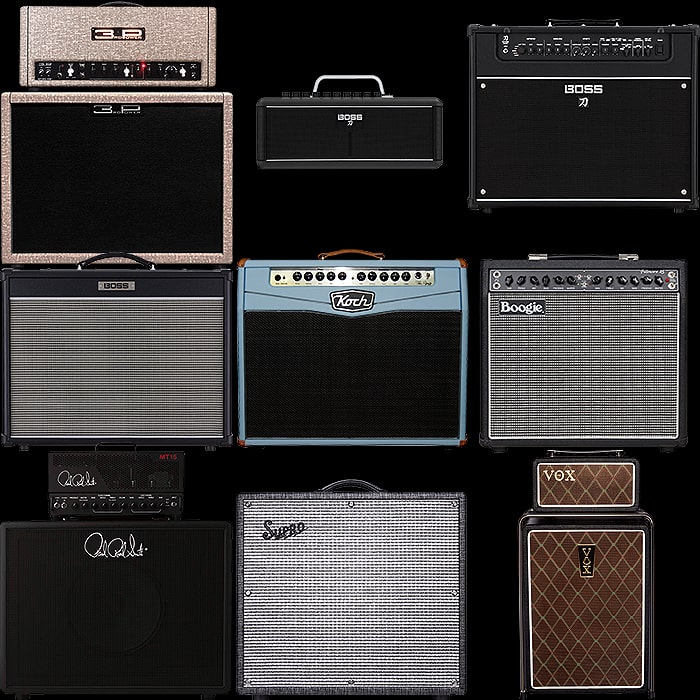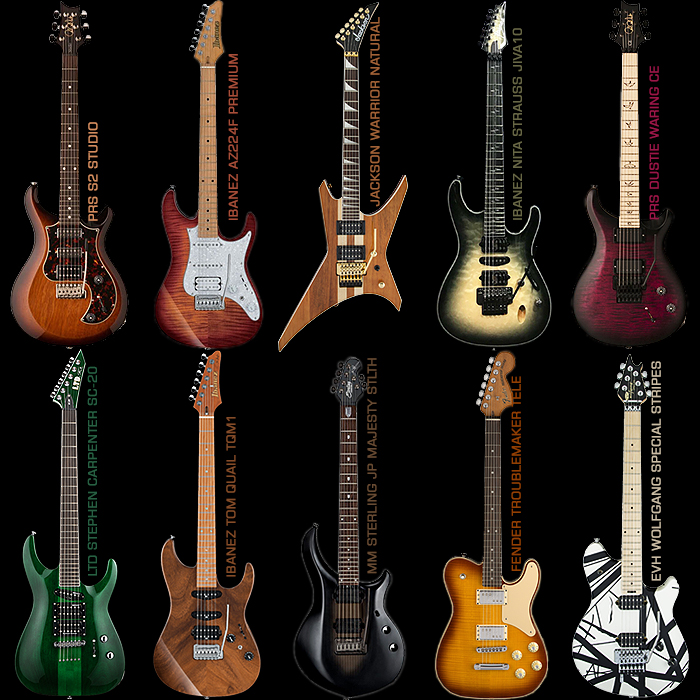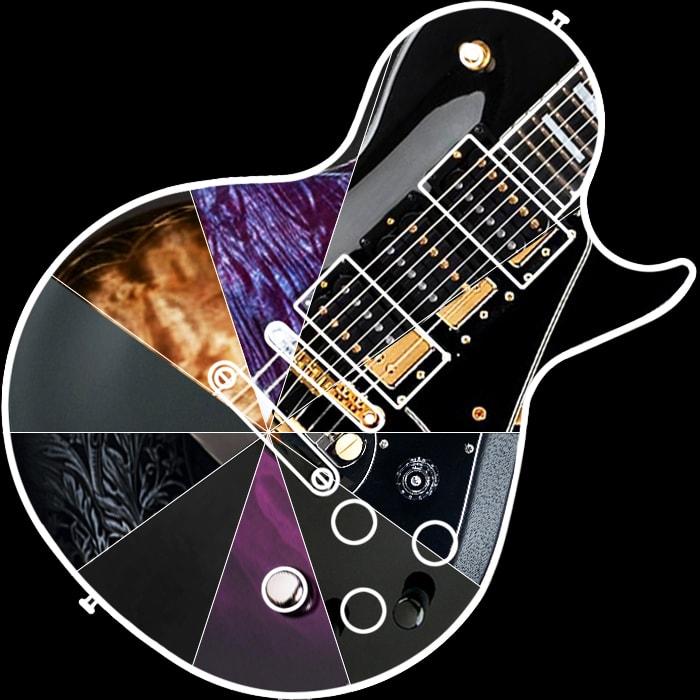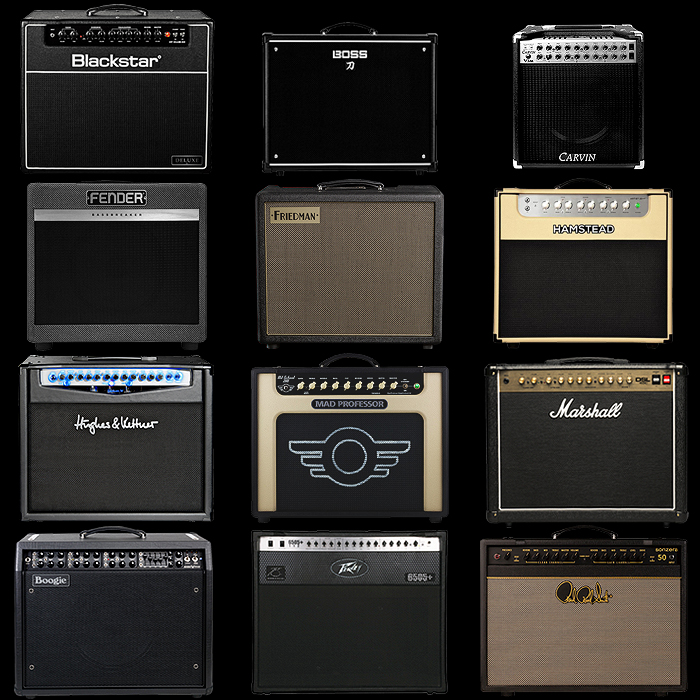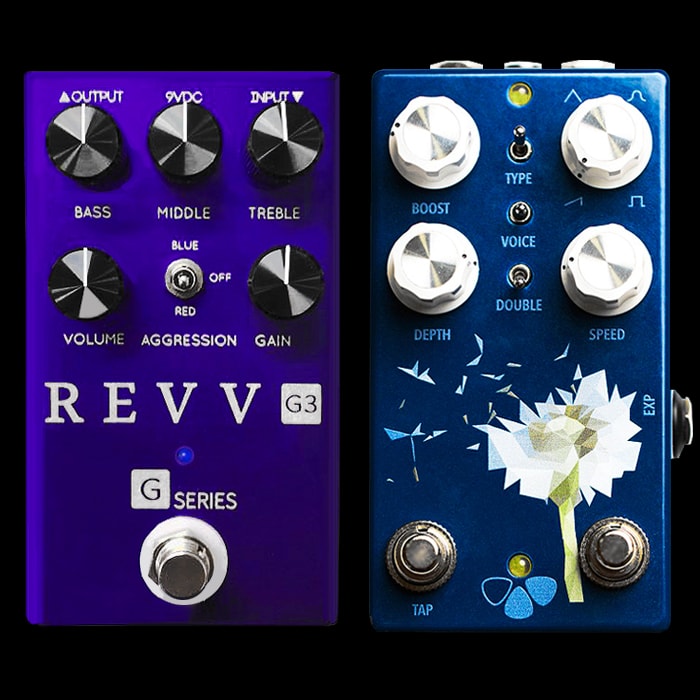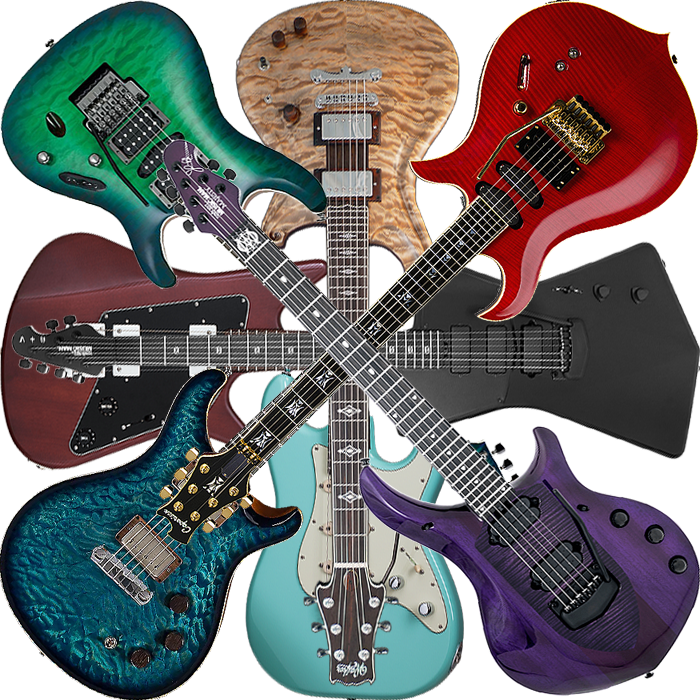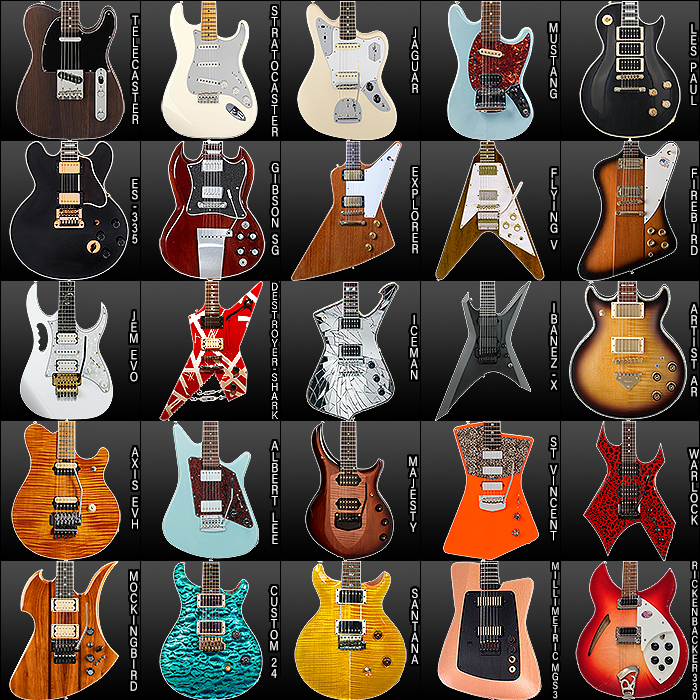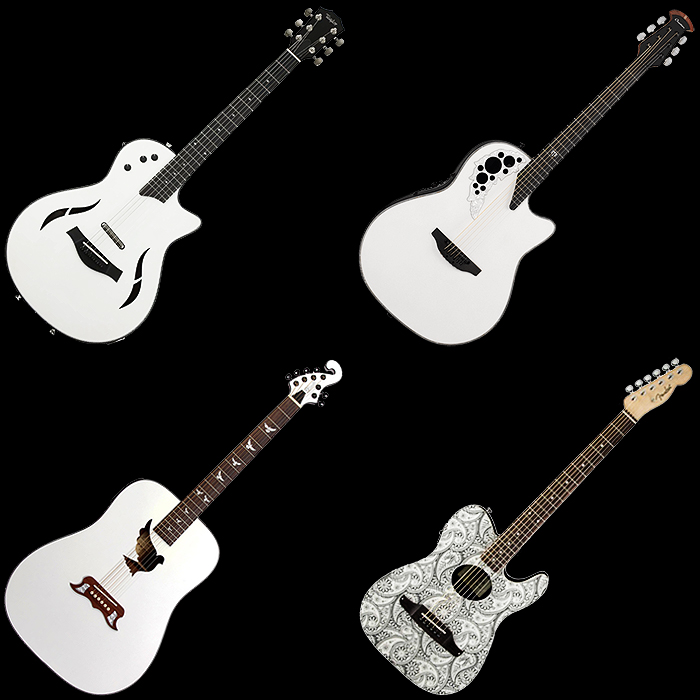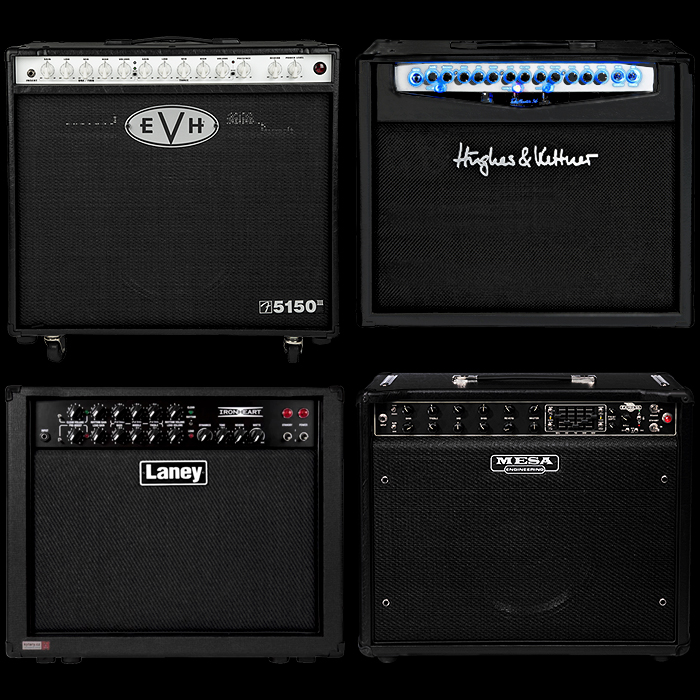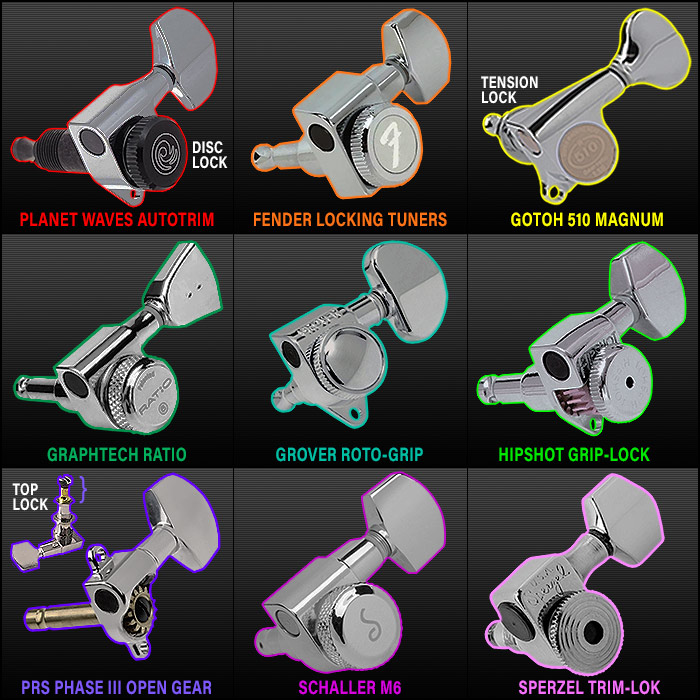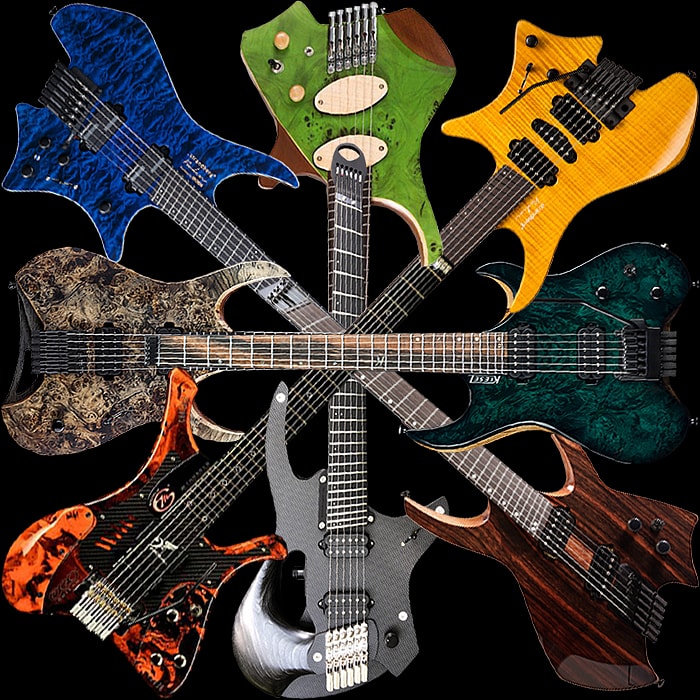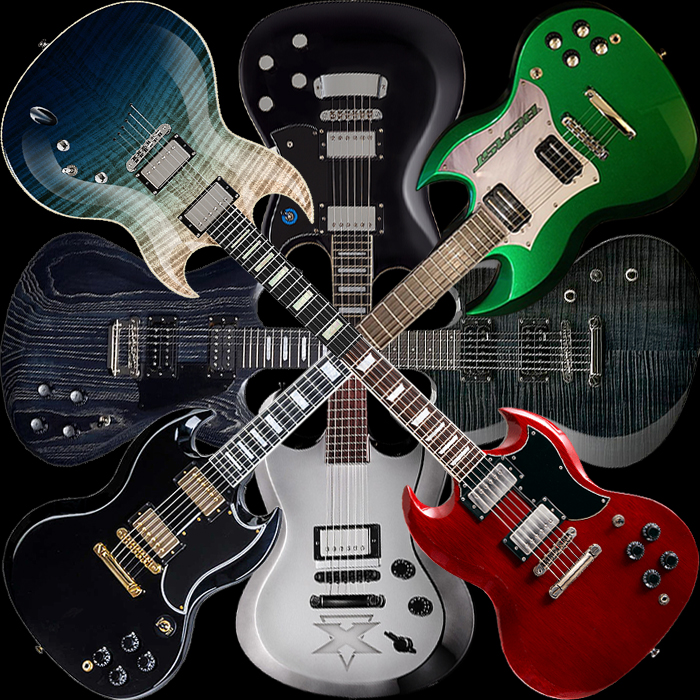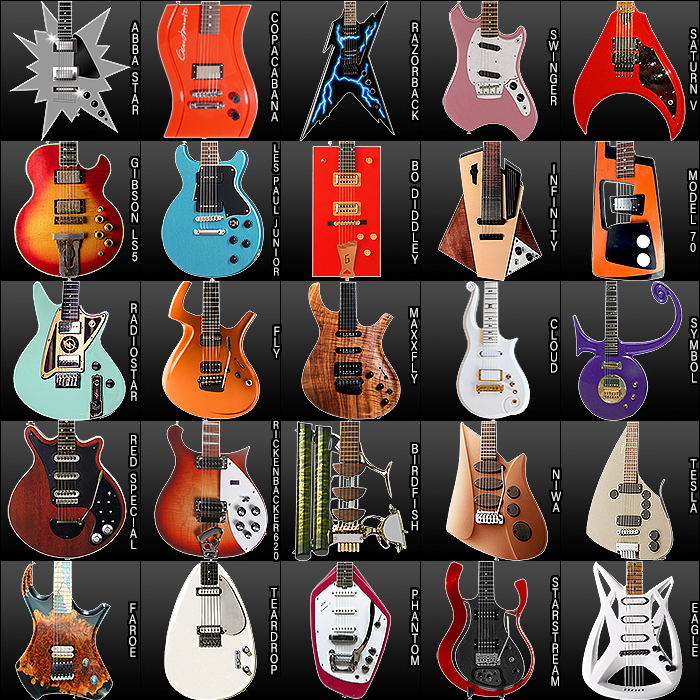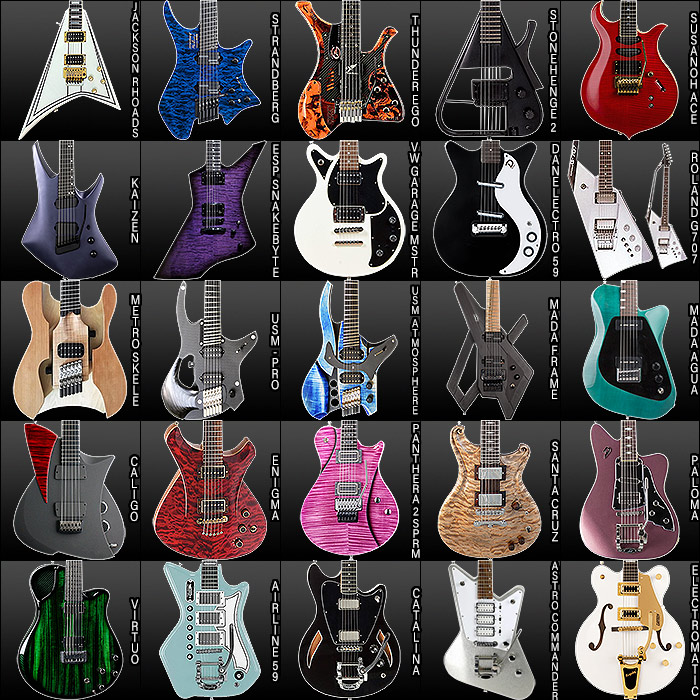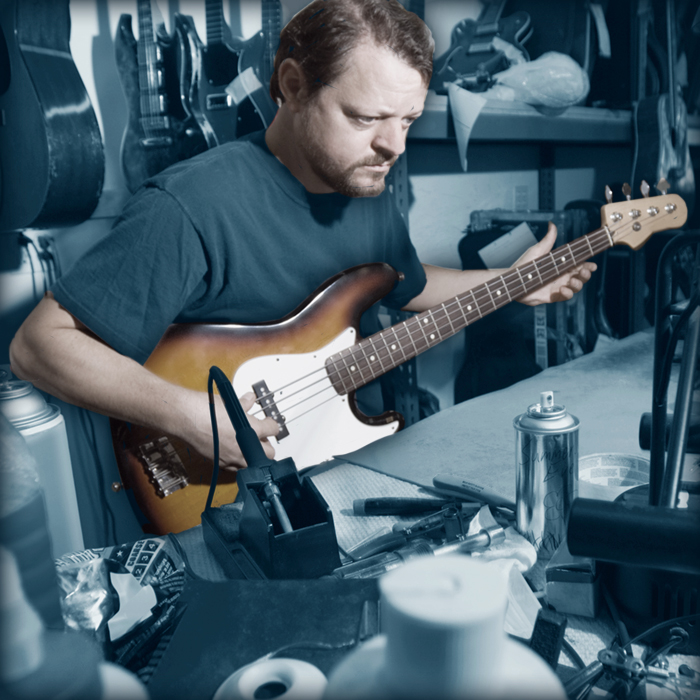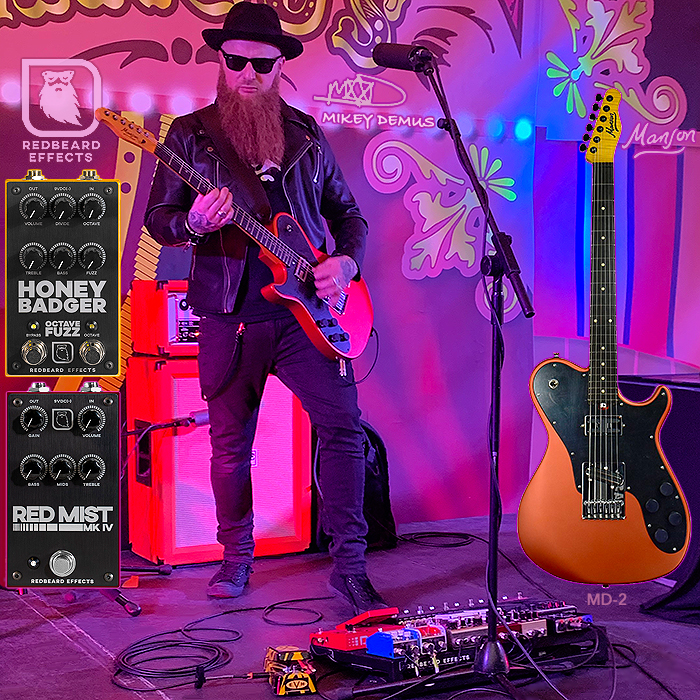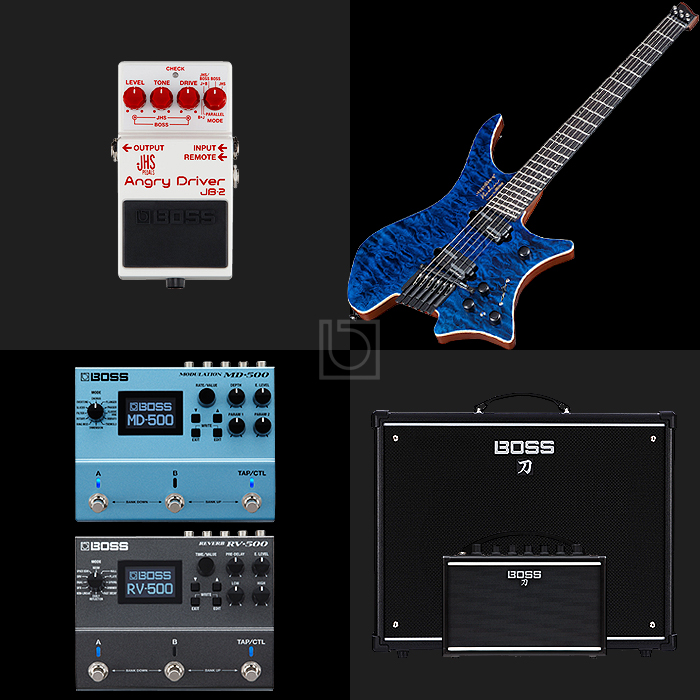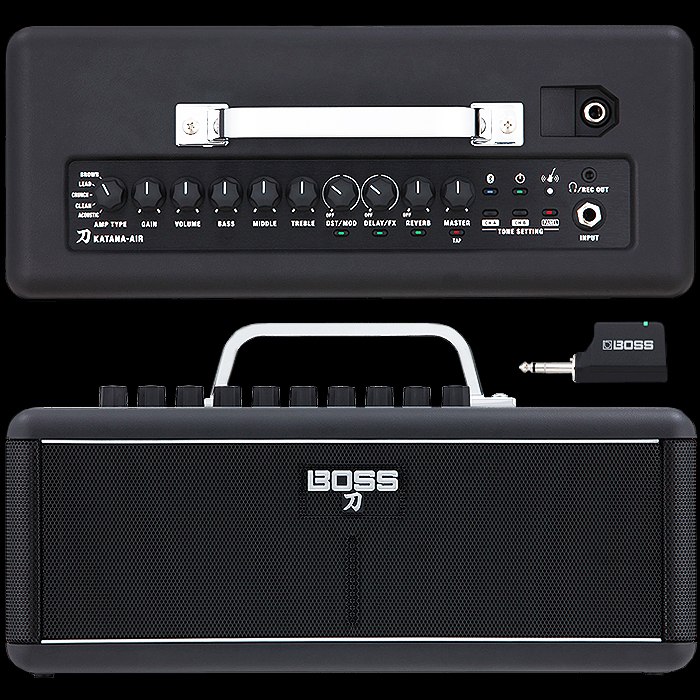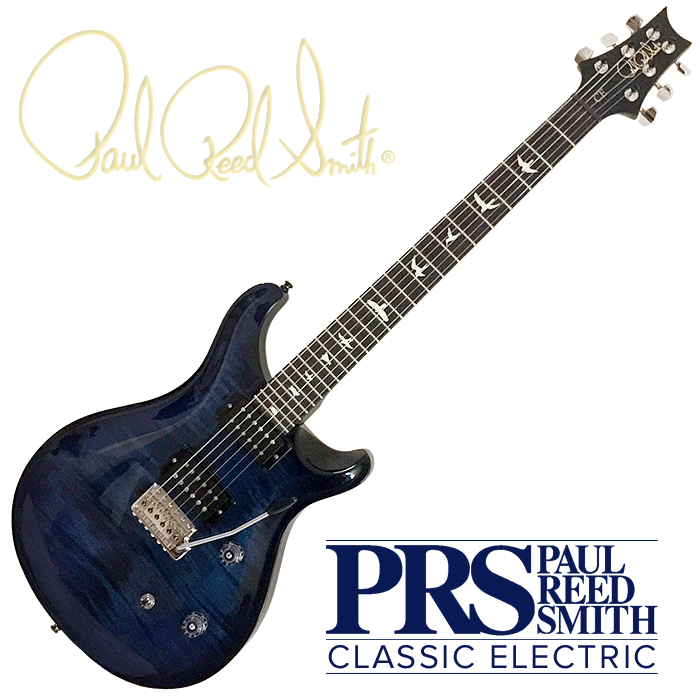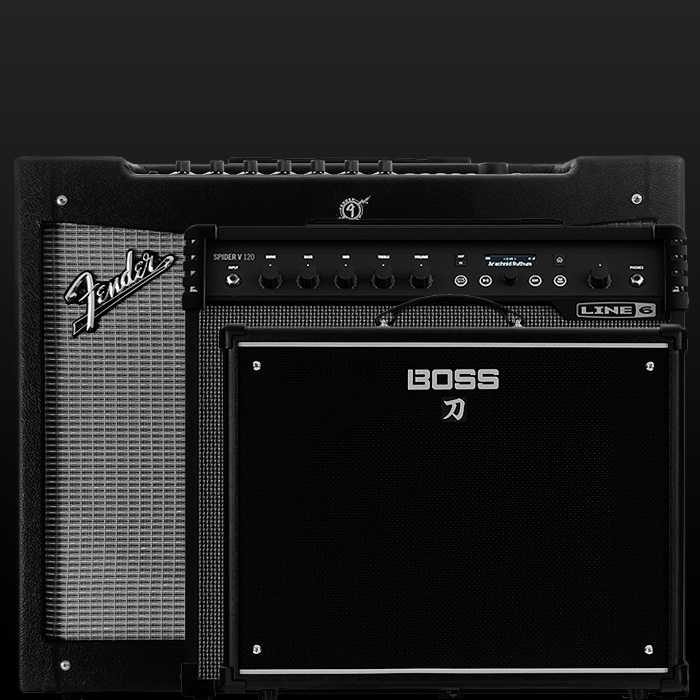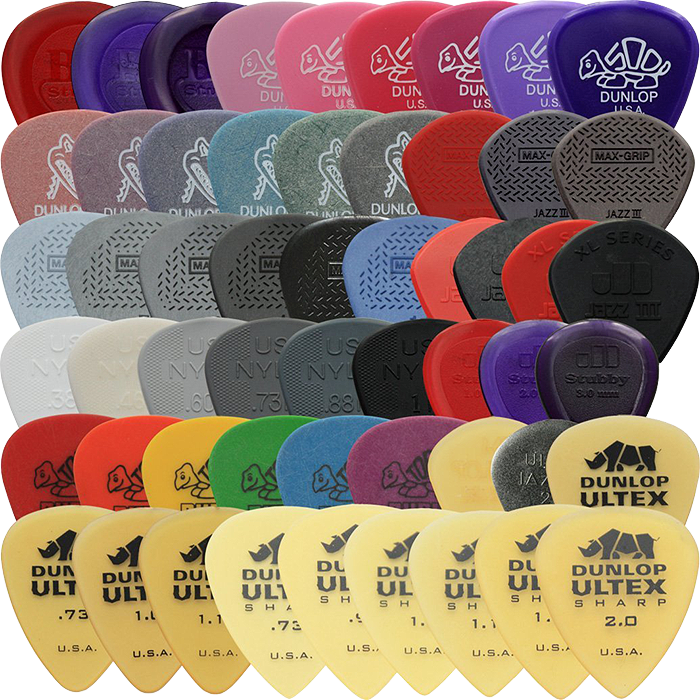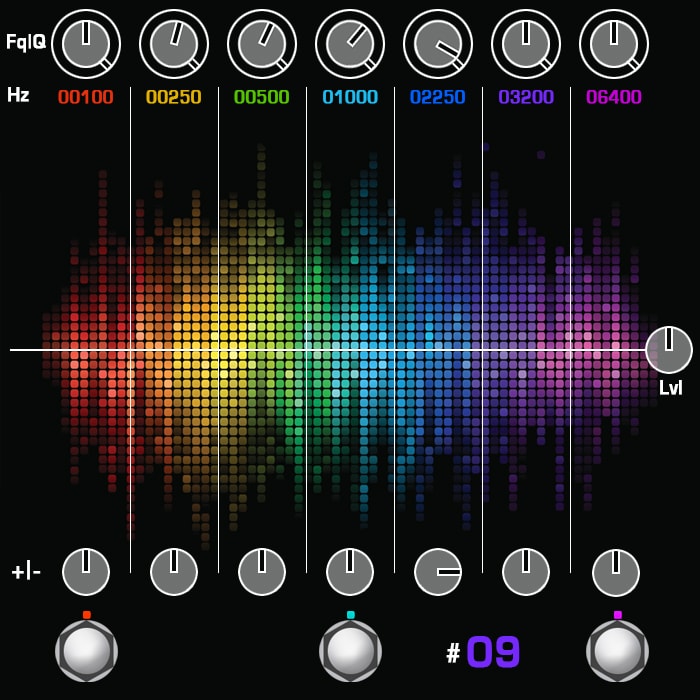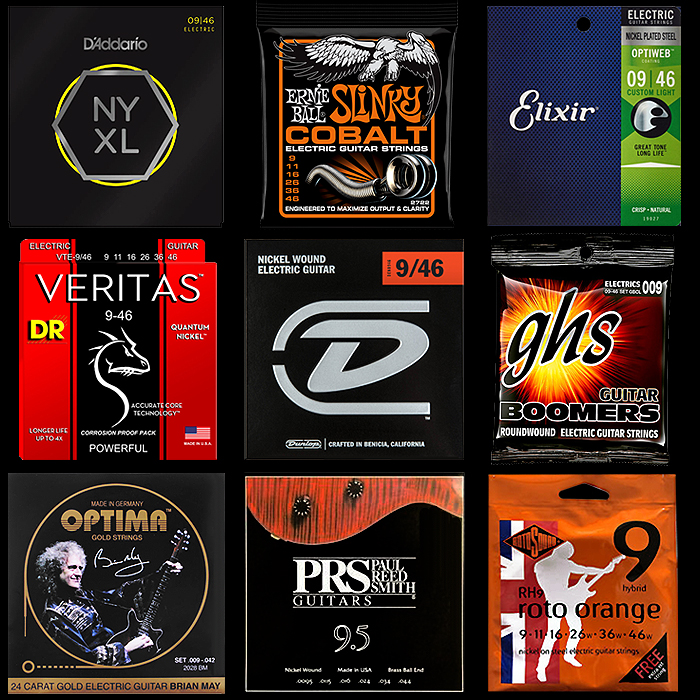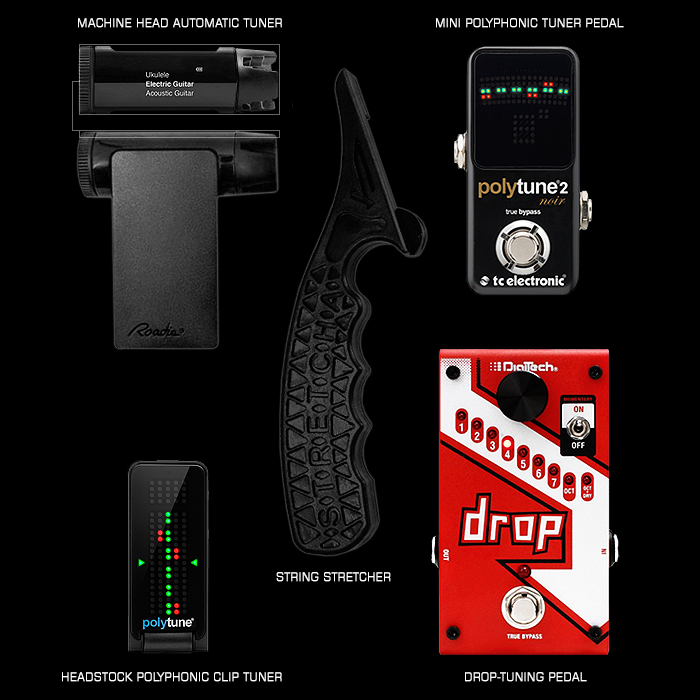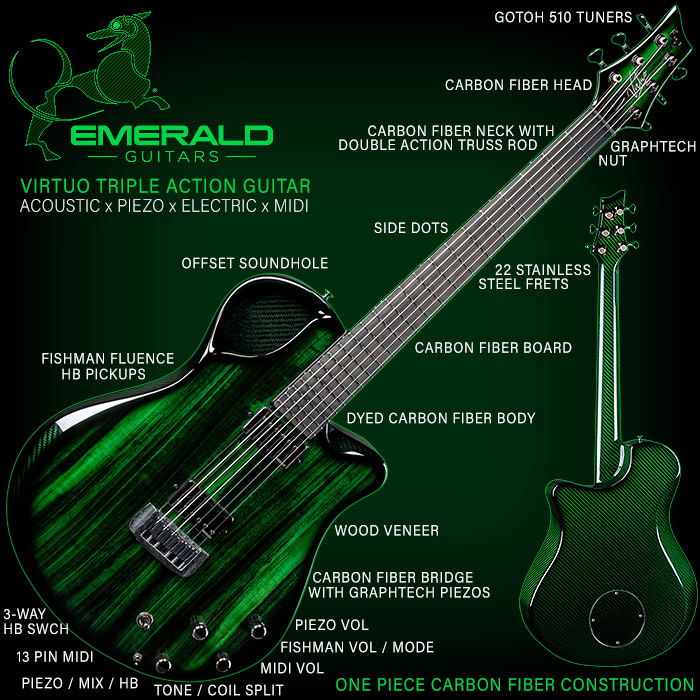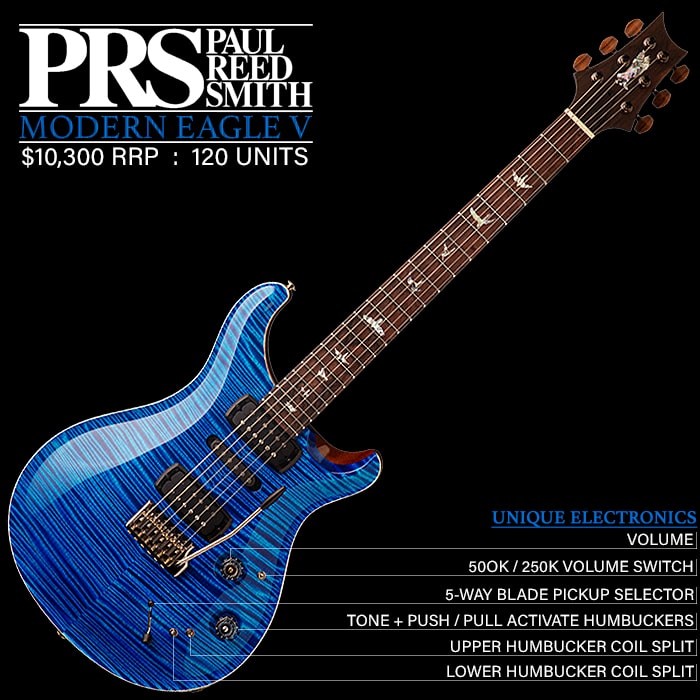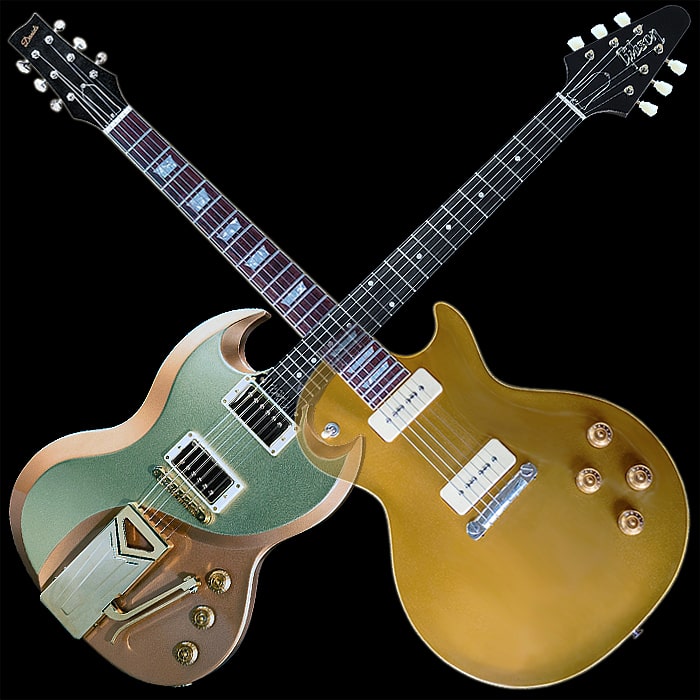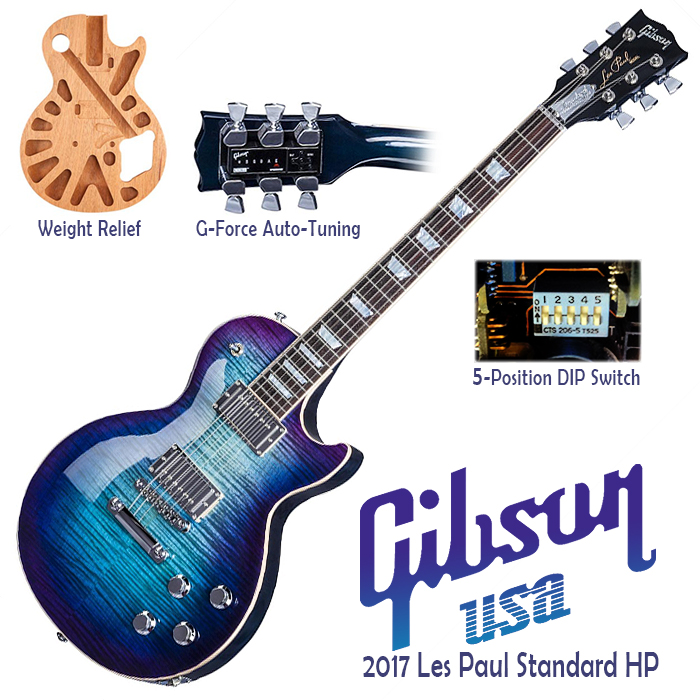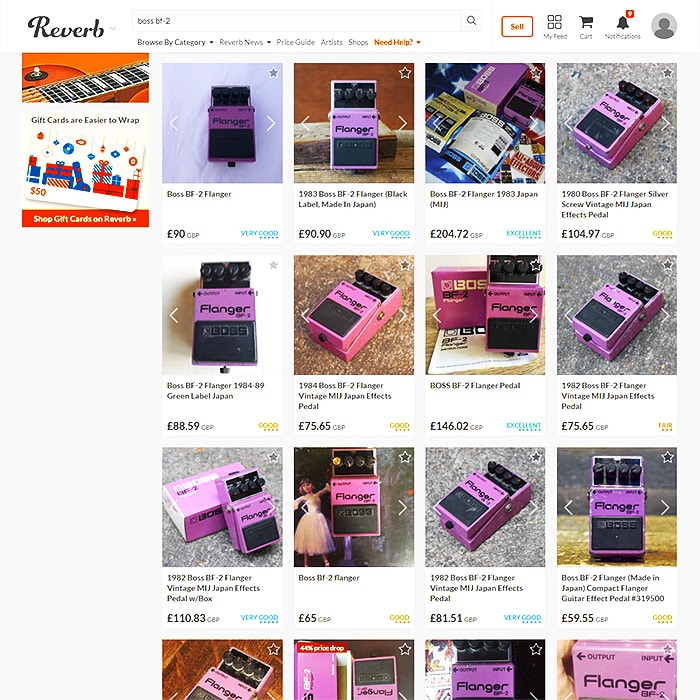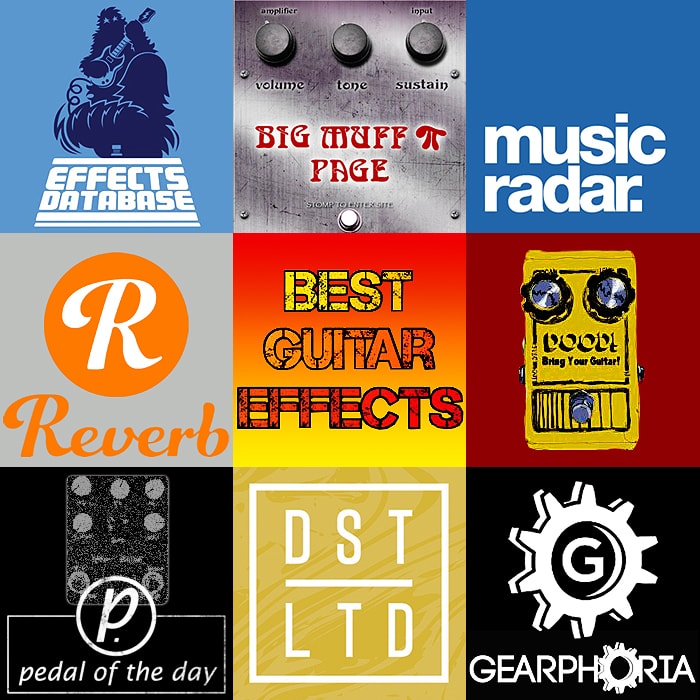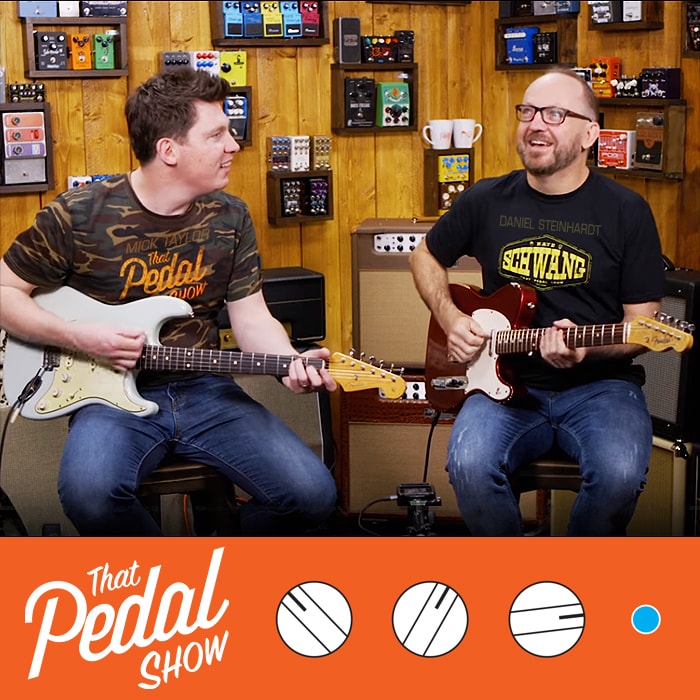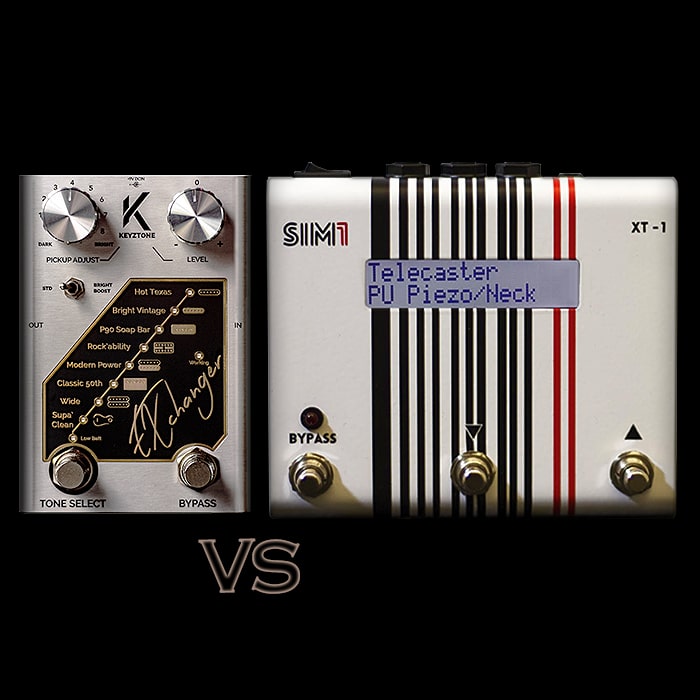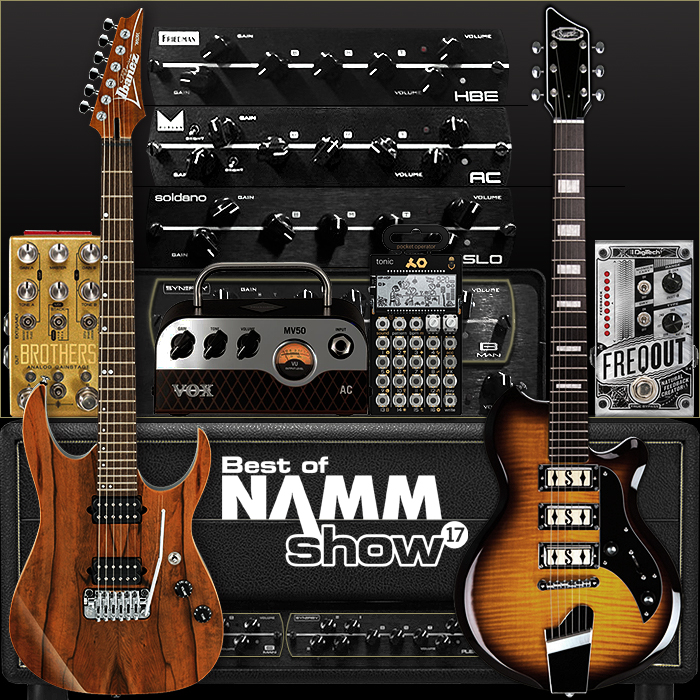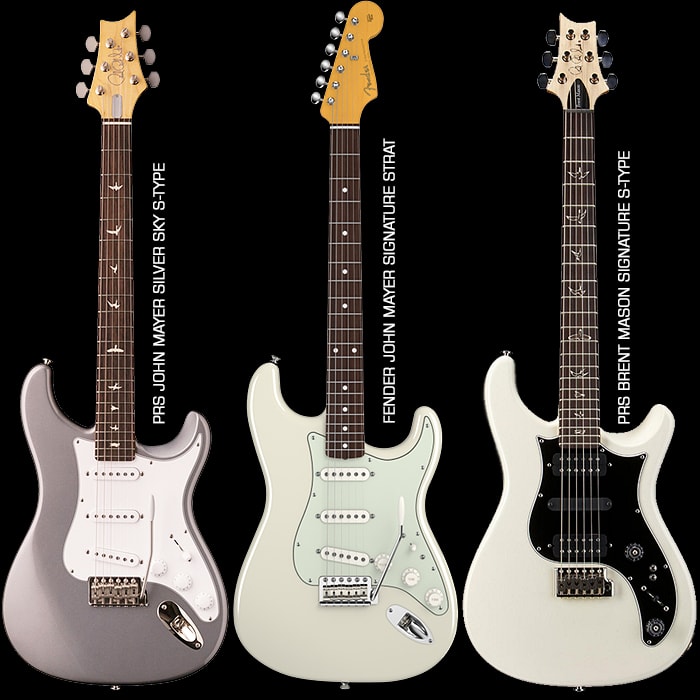10 Modern T-Style Guitars for Your Consideration
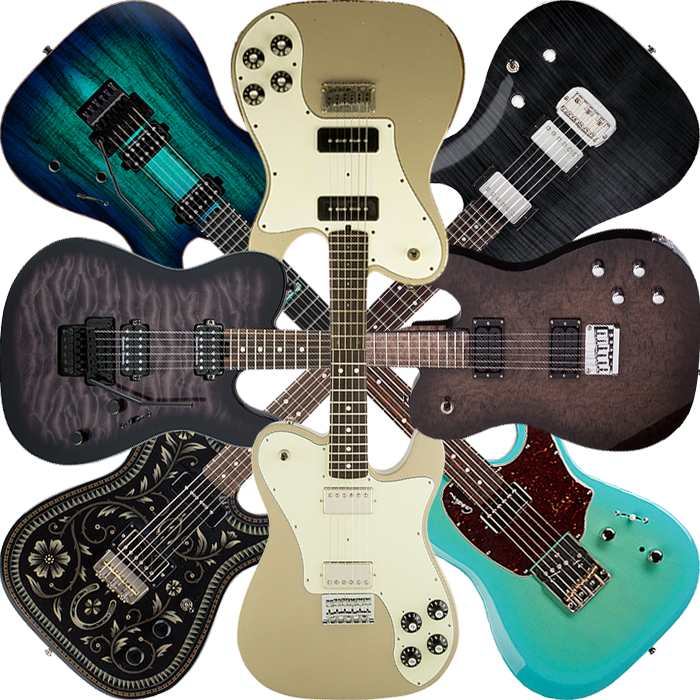
Anyone even remotely connected with electric guitars knows that pretty much most of what is out there in the marketplace is derived from just 3 original guitars - the Les Paul, Stratocaster and Telecaster. I personally have a preference for the Stratocaster / S-type style of guitars, followed by the elegant curves of the Les Paul / LP-Style, with the T-type / Telecaster a somewhat distant third.
Until recently, I had often wondered why the Tele’s weren’t so much to my liking, and it has nothing to do with the sound, as I’ve heard lots of these that sound amazing. I’m not too keen on the really old-fashioned twin single pickup models with the diagonal bridge pickup sat within the tray - but many of those sound fantastic though. I have realised that in the main what I don’t get on with is the ugly headstock, and general lack of versatility. There are plenty of LP and S -types out there with coil-split controls, and a variety of different bridge styles / tremolos etc. I look for tone, versatility and practicality in any guitar I acquire (aesthetics and symmetry seem to be important too) - which is how I’ve ended up so much in the PRS camp. And while the LP and S-style guitars keep being modernised, the t-type largely remains old-school. For instance I like the gist of many a Chapman guitars, but by and large their ugly headstocks kind of ruin it for me - the only one of their headstocks I can get along with is on the Rob Scallon signature one - all the others jar with my aesthetic sensibilities - strange as that may sound.
There are actually all kinds of incongruities with Telecasters these days, as this was the original ’everyman’ guitar - Leo Fender devised it entirely on the premise that it would be affordable to pretty much everyone. The idea was that this could be everyone’s first guitar - especially those who could not afford the more expensive hollow body models which all the professionals were using at the time.
The Telecaster as such was a fully working-class guitar, as best typified by numerous working class hero musicians - like Bruce Springsteen, who then rose to greater things - but always remembered what got him there and still plays his early beat-up Teles. And Prince of course - who had all those fabulous Cloud and Symbol guitars - yet returned again and again to this trusty old favourite - a Japanese Telecaster copy with tortoise-shell style scratch -plates - the now legendary H.S. Anderson MadCat.
From the guitars pictured above and below, you will be able to deduce that I am not really a fan of maple fingerboards, and that I have a preference for the richer tones of humbucker style pickups. I dedicate a lot of hours to research and due diligence, and everything that I acquire - I want it to be as future-proof as possible, and ideally able to last me my lifetime. The main issue with maple fretboards being that the light wood shows up any tiny scuff or mark, and soon becomes ingrained with all manner of stains and discolourations which cannot be removed. You choose Rosewood or Ebony, and oil them regularly, and they will pretty much look the same for life, while the maple boards will start to show marks after only a few months - fine if you like the beaten-in and worn-down look, but not for me.
Then there is the truly massive incongruity of ’Custom Telecaster’ guitars - I totally get the idea of being able to specify your requirements, but it’s kind of the same as paying Rolls Royce prices for a souped up Lada, I really don’t get that. Fender’s more luxurious models were the Stratocaster and Jaguar for instance - which added some slight degree of finesse. Generally though, these guitars (Telecasters) were meant to be made quickly, easily and cheaply!
I have spend many hours pouring through dozens of T-style guitar makers - there are literally hundreds active across every country. Yet even though, and even with all the great guitars featured on this page, none of these are really my perfect Telecaster. I only really like the ones with the S-type style headstocks - the ’72 Deluxe style derived models, which also have Rosewood boards and humbucker type pickups. Yet I would also really like just a classic S-type trem. And I would also want either a 5-way selector / blade or coil-taps / splits for the humbuckers which seems a very rare for this model.
Whenever I feature a Fender, I also usually feature an equivalent lower-cost Squier, but on this occasion could find none with both Rosewood boards and S-style headstocks. I found a number of ’partcasters’ which had simply swapped out the whole neck for an S-type equivalent, yet nothing original sourced. I also really don’t like those cheap non-locking tuners. There’s far too many guitars out there which are missing locking tuners - every guitar worth £500+ or £700+ should really come with locking tuners - it’s the first thing I need to swap out typically, along with adding strap-lock buttons.
So even though there are a number on this page I rather quite like the look of, the Made-in-Mexico Chris Shiflett Deluxe being the closest to my needs, I will likely get none, as not a single one matches my full requirements - unless of course I were to go the very expensive custom route, which I kind of consider oxymoronic. This brings me to another of my pet peaves - which is lack of matching headstock - for me the headstock should either match the body or the fingerboard, or it just looks wrong. The Chris Shifflett kind of gets away with it as the maple headstock is not too far removed from the shoreline gold colour of the body.
Both Pete Honoré and Dan Steinhardt have amazing sounding Teles, but each has an ugly headstock and no trem - and they both have the really old school diagnoal tray pikcup - perhaps there is something in that variety after all!
Fender J5 Triple Deluxe Telecaster - £997

One of two MIM Telecasters here - this John 5 signature guitar features triple humbuckers, yet only a 3-way selector and single master volume and single master tone. Has necessary rosewood fretboard and aesthetically more pleasing S-type headstock. I would worry thought that there was insufficient tone-sculpting ability here - why not a 5-way? Also the chrome scratch-plate is a crazy fingerprint / smear magnet, so I would have to swap that out straightaway for something a little more tortoise-shell, while replacing the tuners with locking equivalents. I like that this guitar has a sort of classic trem, and even if it's quite expensive for a Mexican-made one - you do get a pretty solid guitar for you money, while it still needs some work to pass the bar for me
Fender Chris Shiflett Telecaster Deluxe (Shoreline Gold) - £789
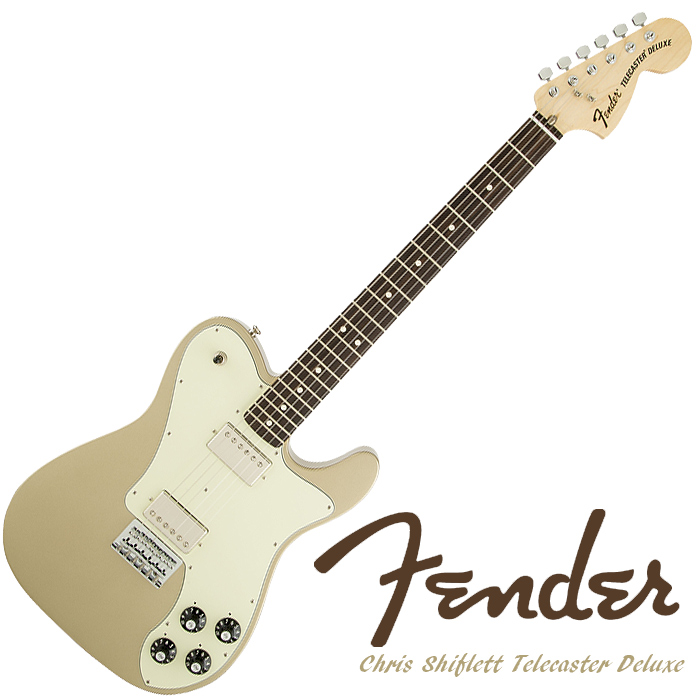
As mentioned in the intro - this MIM special is the one that most closely matches my requirements and is the one I would be most likely to buy, even though I would prefer coil-splits and tremolo bridge really. Comes in black or classic Shoreline Gold as pictured - this is a lovely guitar at the right sort of price for its high quality. I have absolutely no qualms about buying made-in-Mexio or made-in-Japan Fenders - in fact many of the pros prefer them, you certainly get more bang for your buck, and the quality is usually really close to the American ones, even on occasion somewhat more consistent.
Nash T-72DLX - c$2,000+
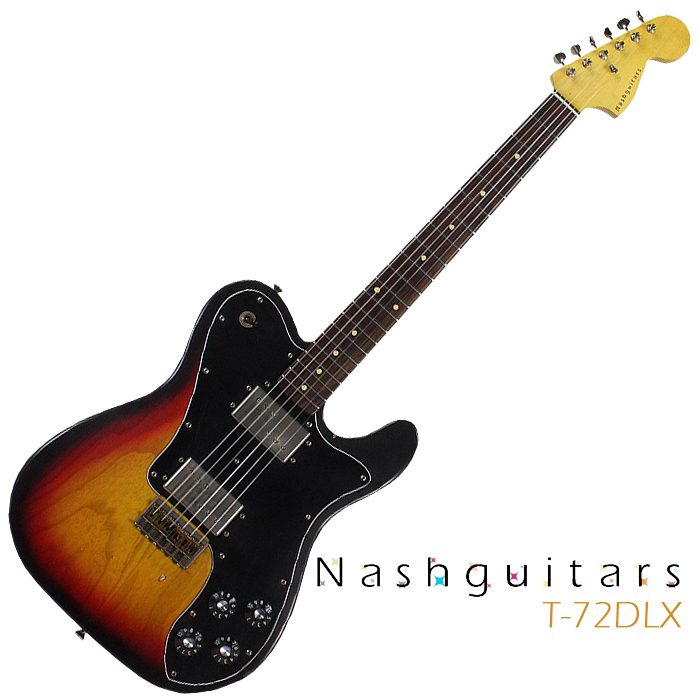
Nash is one of several boutiques who make almost identical Fender tributes / clones - not entirely sure how they get away with it, as these look so close to the Fender equivalents. This is of course based on my preferred '72 Deluxe variety, although this one is properly relicked for a full vintage look. This is another area which I'm not too keen on - I prefer to let my guitars get weathered and worn fully naturally, and I will do my damnedest to keep the lacquer intact, so I don't really see the point of buying damaged and stressed goods, I have the same attitude with torn jeans. These are of course hand-made in the USA which does go somewhat towards justifying the high price tag, but it's really not what Leo Fender intended at the time - wonder what he would make of this?
Charvel Pro-Mod San Dimas Style 2 HH FRQM - $949
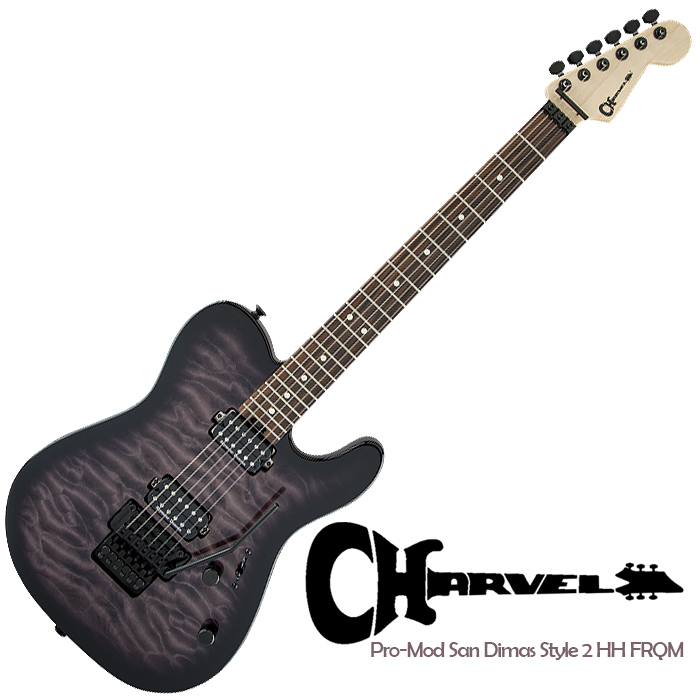
I really like the look of this one with its lovely quilted maple cap. Not so keen on the clashing headstock or the full Floyd Rose bridge. I know I said I liked Tremolos, but classic Tremolos, even Ibanez's SynchroniZR are quite a different proposition to fully floating bridges. This guitar is made in Mexico too - in the same factory as the Fenders above.
G&L ASAT Deluxe Carved Top - £410
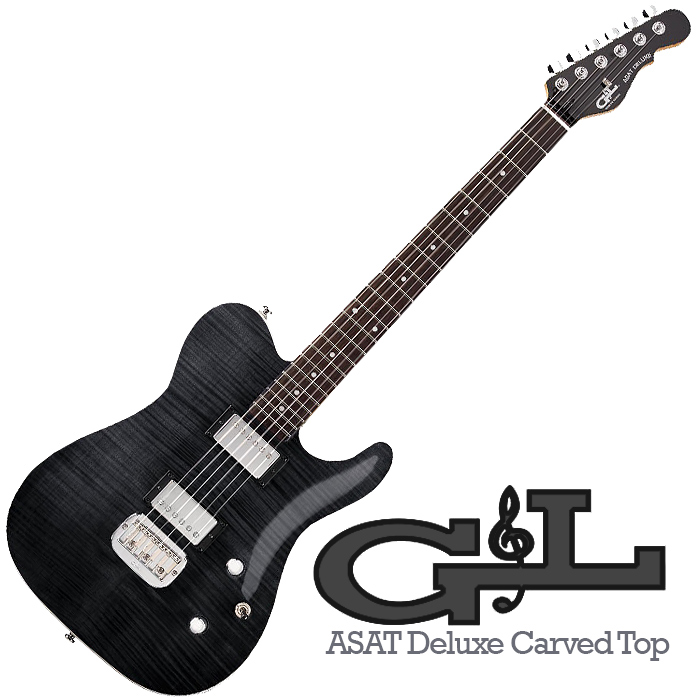
This one rounds up the Leo-Fender associated companies with a more modern execution than most - adding a lovely sculpted carved flamed top (veneer most likely) to an otherwise quite stealthy looking guitar. This one is the cheapest of all those featured on this page - thus truly living up to its original Telecaster heritage, and it is made in Indonesia.
Friedman Vintage T-MRGP90 - £2,699
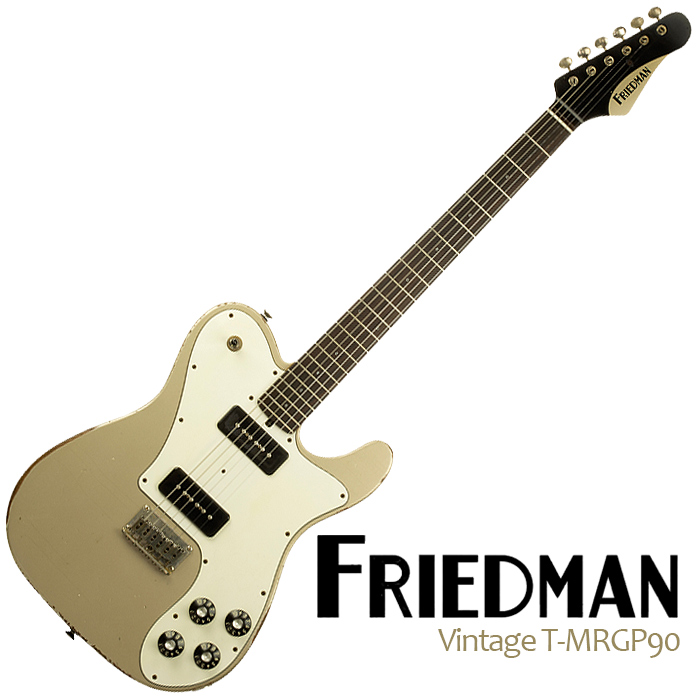
As with the aforementioned Nash, this one is made and battered in the USA - meaning 'relicked' of course. It features two noiseless P90s here rather than my usual choice of humbuckers, and me being me really like how the gold accent of the headstock matches the shoreline gold colour of the body. All Friedman models though have the same headstock accent colouring pretty much where I think it would be better to match the main colour of the bodywork. Really nice guitars though, and like their amps - made from premium components. If I ordered one of these - I would ask especially for them to leave the bodywork pristine, I don't mind the neck being worn down and smoothed a little, but I don't find deliberately chipped and sanded paintwork attractive at all.
Godin Session Custom - £799
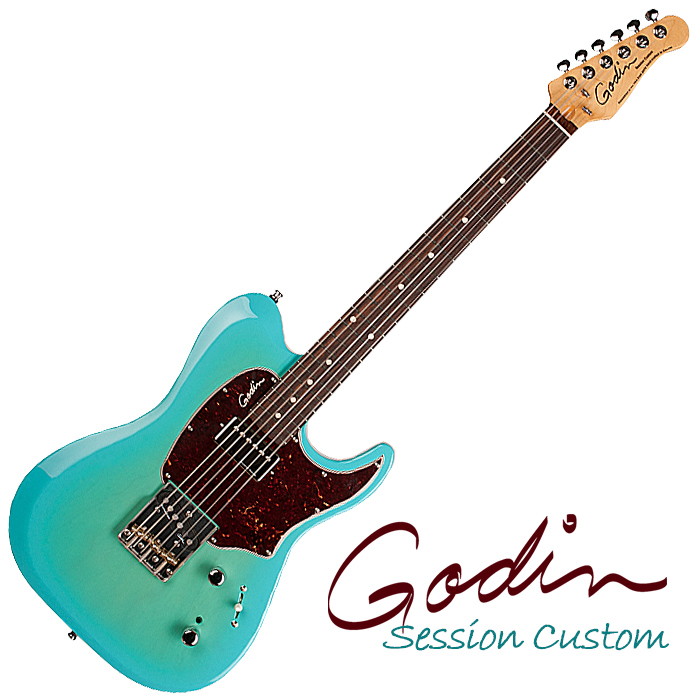
This one is slightly more unusual than the rest and not just the colour choice, but featuring a hybrid of diagonal bridge tray pickup and humbucker at neck - there are various pickup configurations of these, with and without the tray bridge. Excellent value for money, vibrant yet still elegant and with some smart modern touches - and made in Canada.
Schecter PT CET Birdseye Maple - $5,499
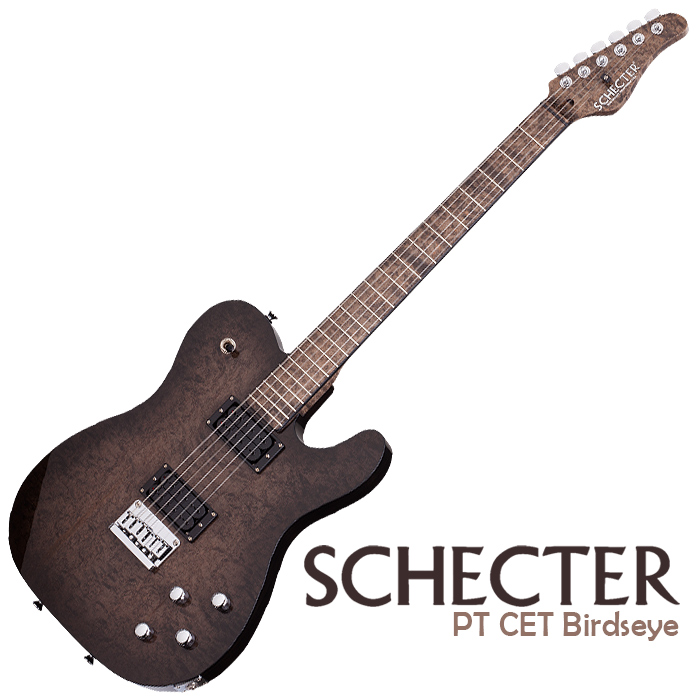
I wonder what Leo would have thought about this - admittedly a Schecter Custom Shop Masterwork made with extra special tone-woods. Birdseye figuring on body, neck, fingerboard and headstock - very modern interpretation of a 4-pot Tele. Still not sure it wholly justifies its price, and indeed the one pictured was on sale at a slightly more reasonable $3,295! Beautiful looking guitar though if you are into natural woods. When I say natural - all the visible woods here are stained Birdseye Maple. The only exceptions I make to Rosewood or Ebony boards are sufficiently stained or roasted Maple ones, but even then it's touch-and-go as if the stain is not dark enough - those woods will be prone to all manner of markings and other types of staining - sweat, finger oils etc. Note that CET = Contoured Exotic Top!
Creston Traditional Chris Tapp's Sarah Ryan Custom - $3,000+
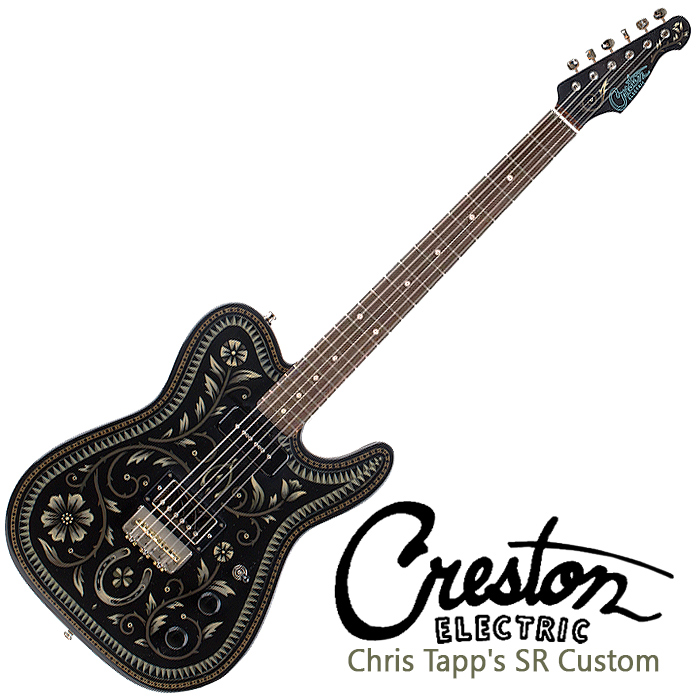
Beautifully made 'Teles' with a difference, largely courtesy of artist Sarah Ryan - who paints unique artworks (as requested) onto each of these guitars (front, back and headstocks at times) - the above referenced one being particularly fetching - in how the art / design scrolls around the control pots. These are all custom-made guitars, fully meticulously handmade from premium hand-picked components by Creston Lea himself, one at a time and taking between 2 and 6 months to arrive.
ESP TE-II FR - Evgen666 $3,299
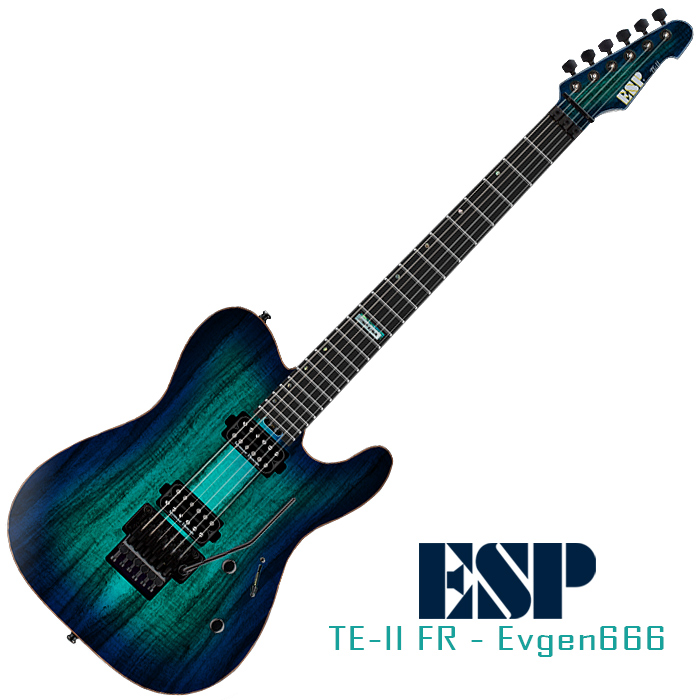
Vibrant USA-made guitar, pictured in 'Violet Shadow' colourway with vertical figured maple cap and Floyd Rose tremolo. As per the Charvel above, I'm not really a big fan of fully floating bridges - but this model certainly has something about it - like the Creston, it gives you something outside the norm for what usually passes for a Tele - then again, you pay a premium for it. The traditionalists probably won't like this one in the slightest! Note that the fingerboard here is Ebony, all others featured on this page are Rosewood, apart from the Schecter - which is stained Birdseye Maple!







